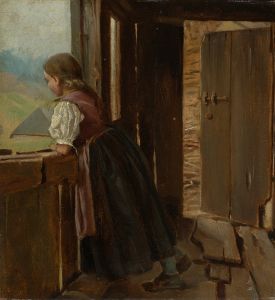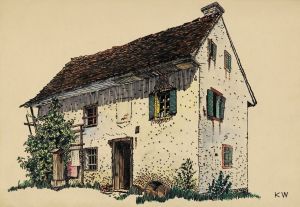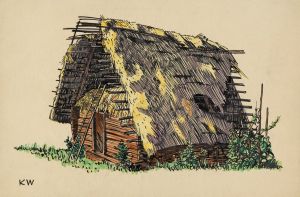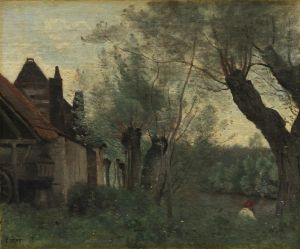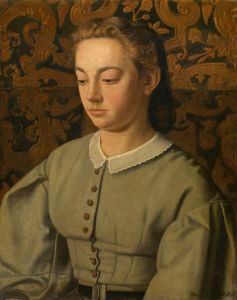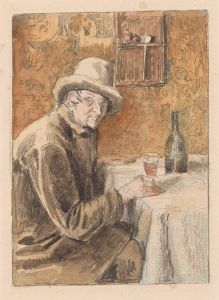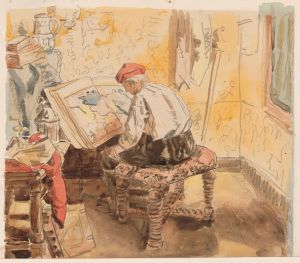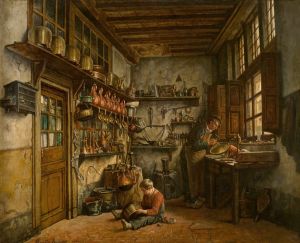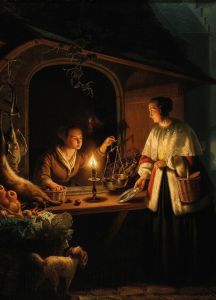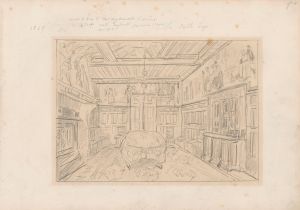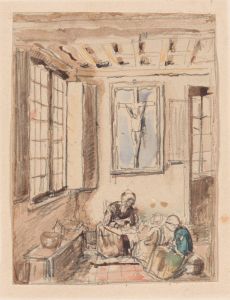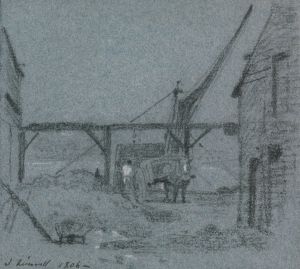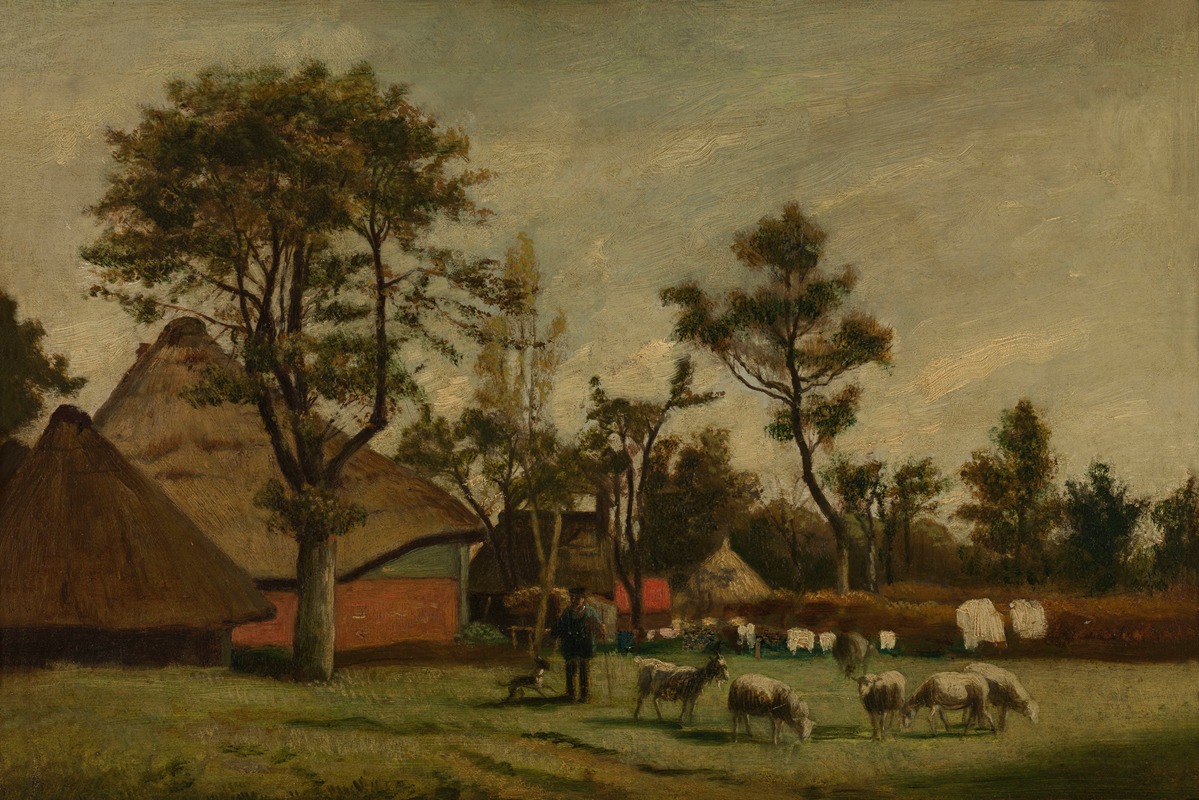
Farmhouse
A hand-painted replica of Henri de Braekeleer’s masterpiece Farmhouse, meticulously crafted by professional artists to capture the true essence of the original. Each piece is created with museum-quality canvas and rare mineral pigments, carefully painted by experienced artists with delicate brushstrokes and rich, layered colors to perfectly recreate the texture of the original artwork. Unlike machine-printed reproductions, this hand-painted version brings the painting to life, infused with the artist’s emotions and skill in every stroke. Whether for personal collection or home decoration, it instantly elevates the artistic atmosphere of any space.
Henri de Braekeleer was a Belgian painter known for his detailed and atmospheric depictions of interiors and everyday life. One of his notable works is "Farmhouse," which exemplifies his meticulous approach to capturing the essence of rural life in Belgium during the 19th century.
Henri de Braekeleer was born on June 11, 1840, in Antwerp, Belgium, into a family with a strong artistic tradition. His father, Ferdinand de Braekeleer the Elder, was a well-known painter, and his uncle, Jan August Hendrik Leys, was also a prominent artist. Henri de Braekeleer studied at the Royal Academy of Fine Arts in Antwerp, where he was influenced by the works of the Dutch Golden Age painters, particularly Johannes Vermeer and Pieter de Hooch.
"Farmhouse" is a painting that reflects de Braekeleer's fascination with the quiet, introspective moments of rural life. The painting depicts the interior of a farmhouse, characterized by its rustic charm and simplicity. The composition is carefully structured, with a focus on the interplay of light and shadow, which creates a serene and contemplative atmosphere.
In "Farmhouse," de Braekeleer demonstrates his skill in rendering textures and materials with great precision. The wooden beams of the ceiling, the rough plaster of the walls, and the worn surfaces of the furniture are all depicted with a high degree of realism. This attention to detail not only enhances the visual appeal of the painting but also conveys a sense of authenticity and intimacy.
The use of light in "Farmhouse" is particularly noteworthy. De Braekeleer employs natural light to illuminate the scene, creating a soft, diffused glow that enhances the tranquil mood of the painting. The light filters through the windows, casting gentle shadows and highlighting the various elements within the room. This technique not only adds depth and dimension to the composition but also evokes a sense of time and place.
The figures in "Farmhouse" are depicted with a sense of quiet dignity. They are engaged in simple, everyday activities, such as reading, sewing, or resting. De Braekeleer's portrayal of these individuals is characterized by a sense of introspection and contemplation, reflecting his interest in capturing the inner lives of his subjects. The figures are integrated harmoniously into the setting, further emphasizing the connection between the people and their environment.
Henri de Braekeleer's "Farmhouse" is a testament to his ability to transform ordinary scenes into works of art that resonate with a sense of timelessness and universality. The painting captures the essence of rural life in 19th-century Belgium, offering viewers a glimpse into a world that is both familiar and distant. Through his meticulous attention to detail, masterful use of light, and sensitive portrayal of his subjects, de Braekeleer creates a work that is both visually captivating and emotionally evocative.
"Farmhouse" is an excellent example of Henri de Braekeleer's contribution to the genre of interior painting. His work continues to be appreciated for its technical excellence and its ability to convey the quiet beauty of everyday life. Henri de Braekeleer passed away on July 20, 1888, but his legacy lives on through his paintings, which remain an important part of Belgium's artistic heritage.






